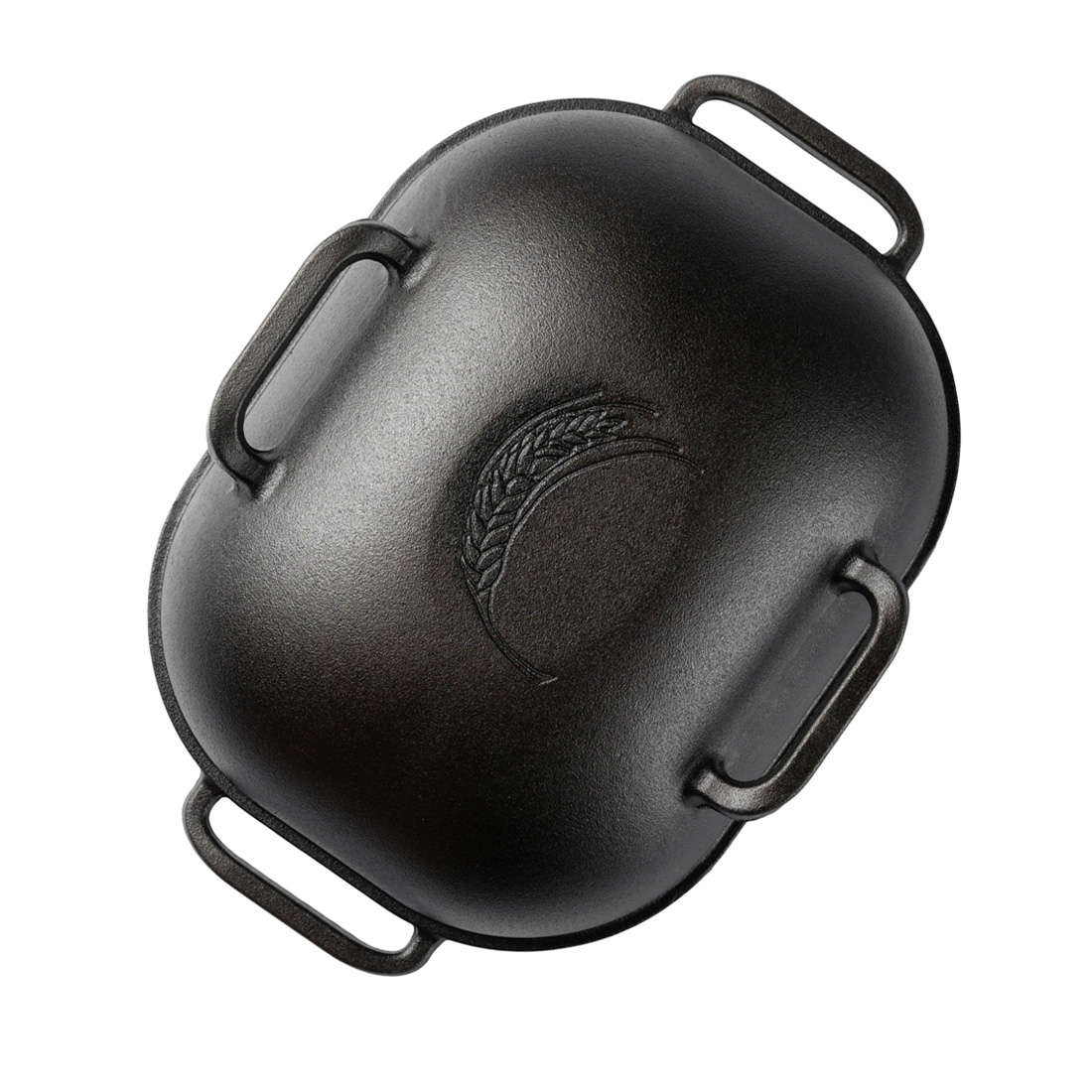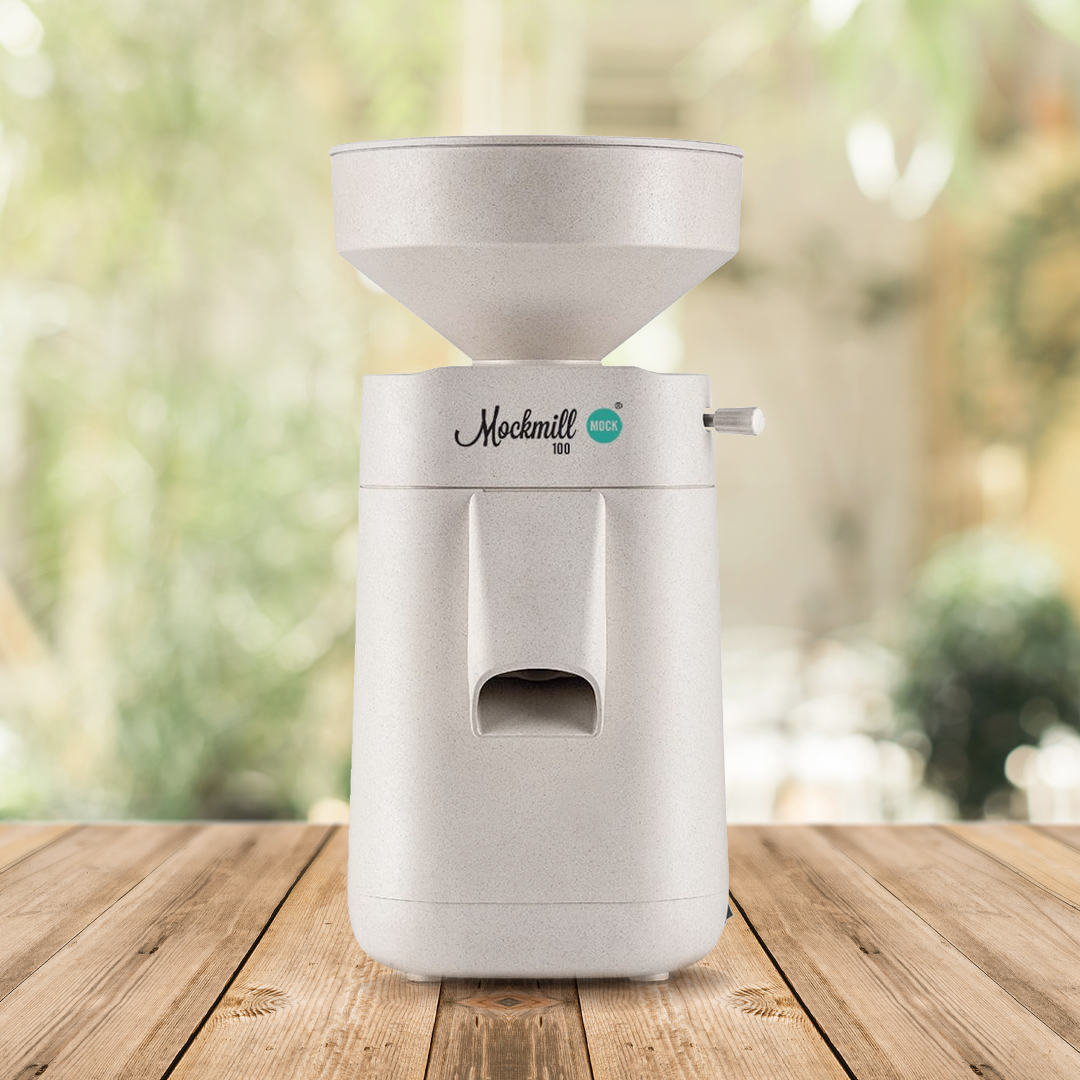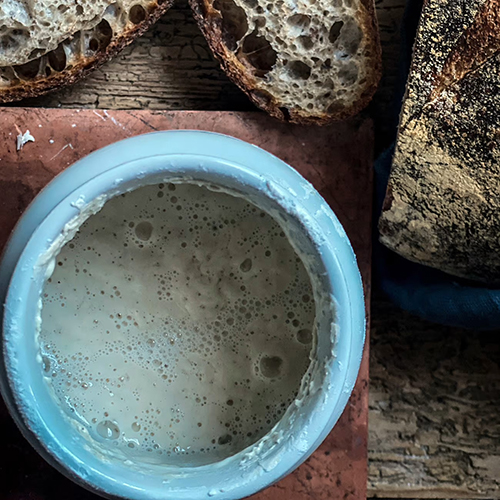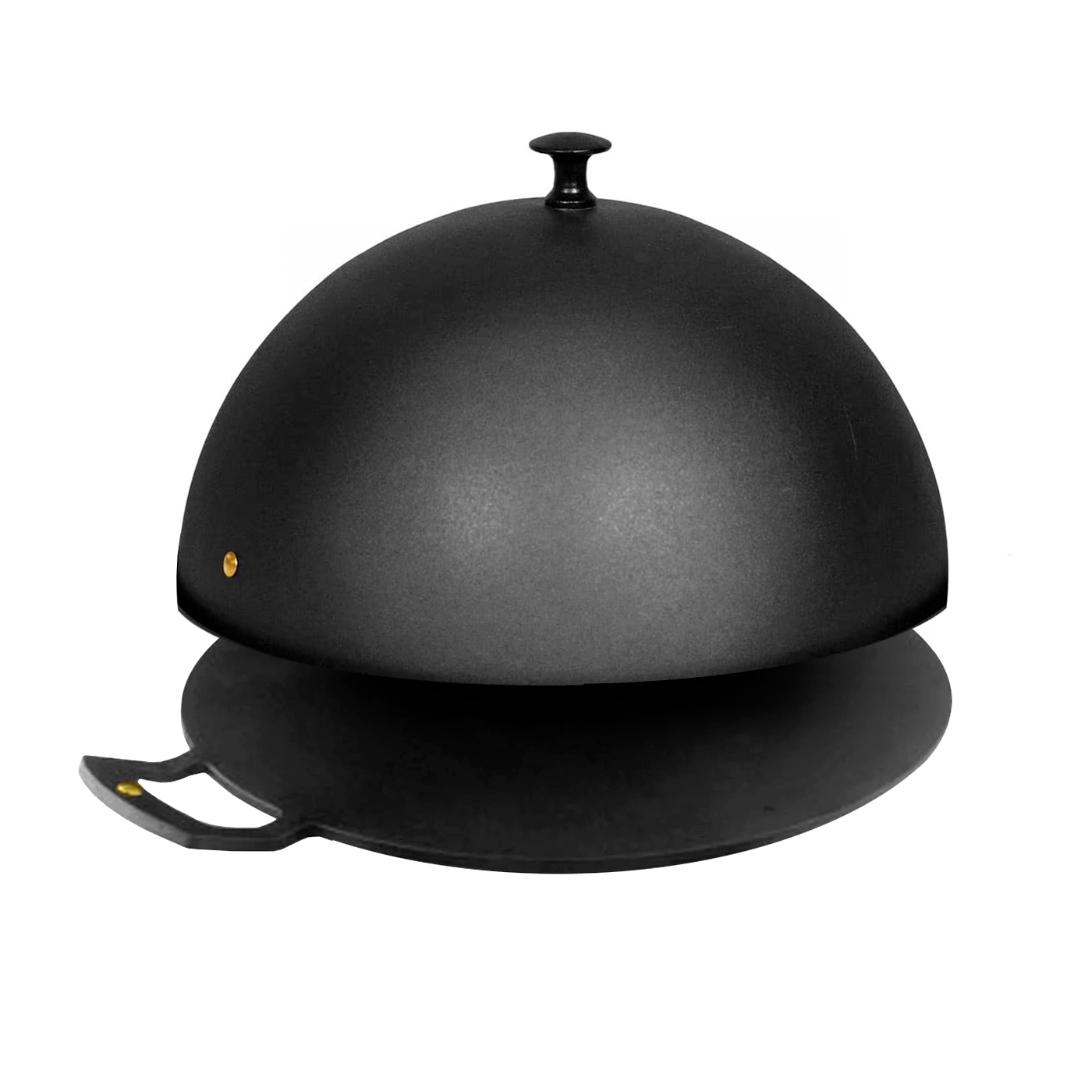The Process of Bleaching Flour
Bleaching flour is a process used in the food industry to make flour whiter, finer, and more consistent in texture. Here’s a basic overview of the process:
Aging Flour: Initially, newly milled flour has a slightly yellowish tint due to the natural pigments in the wheat bran. To whiten the flour, it can be aged by simply allowing it to sit for several weeks in a controlled environment.
Chlorination: One common method for bleaching flour is to treat it with chlorine gas or chlorine dioxide. This chemical process helps break down the carotenoid pigments in the flour, which are responsible for the yellowish colour. The chlorine treatment also helps to condition the flour, making it easier to work with in baking.
Benzoyl Peroxide: Another method uses benzoyl peroxide, a bleaching agent that is milder than chlorine. It can help to whiten the flour and condition it without the use of strong chemicals.
Maturing Agents: Sometimes, other maturing agents like ascorbic acid (a form of vitamin C) are used to enhance the dough’s strength and quality during baking. These agents can also help whiten the flour over time.
Packaging: After the bleaching process, the flour is typically sifted and then packaged for sale. It’s important to note that in some regions, such as the European Union, the use of chemical bleaching agents in flour is restricted or prohibited, and aging is the primary method used.
Bleached flour is often preferred in certain baking applications, like making cakes and pastries, because it produces a finer texture and a lighter color in the finished product. However, some bakers and consumers also prefer unbleached flour because it retains more of the wheat’s natural nutrients and flavor.
It’s important to check product labels when purchasing flour to know whether it’s bleached or unbleached, especially if you have specific preferences for your baking.
Is bleached flour bad for you?
Bleached flour isn’t considered “bad” for you, but there are things to think about:
Chemical Residues: Some people worry that bleached flour might have leftover chemicals from the bleaching process, like chlorine. But authorities in many places, such as the FDA in the U.S., have rules to make sure these chemicals are safe in food.
Loss of Nutrients: When flour is bleached, especially with chlorine, it can lose some of its natural nutrients. But this loss isn’t usually a big deal, and you can find enriched bleached flours with nutrients added back in.
Texture and Baking: People like using bleached flour for baking because it makes things lighter and softer. But this is more about how it affects the taste and texture of your food, not about health risks.
Other Options: If you’re worried about bleached flour, you can go for unbleached flour. It doesn’t go through the bleaching process and keeps more of the wheat’s natural goodness.
In the end, whether you pick bleached or unbleached flour depends on what you like and what you’re making. Both are okay in a balanced diet. And if you have specific health concerns, it’s smart to chat with a doctor or diet expert for personalised advice.
Flour Bleaching in UK
In the United Kingdom, bleaching flour is less common than in the United States. Shaped in part by EU regulations, the practice of bleaching flour using chemical agents like chlorine gas is not widely used in the UK. Instead, UK flour mills often rely on a natural aging process to improve the quality of flour.
Sourdough Hydration Calculator Buy a Sourdough Starter Sourdough Recipes
 Challenger Bread Pan
Challenger Bread Pan Mockmill 100 Grain Mill
Mockmill 100 Grain Mill White Sourdough Starter Kit
White Sourdough Starter Kit Netherton Foundry Bread Pan
Netherton Foundry Bread Pan